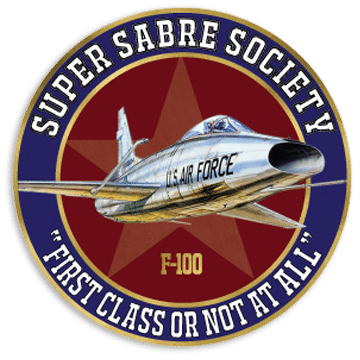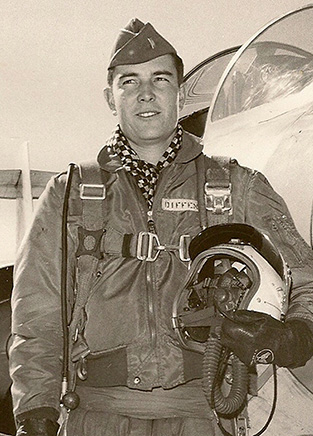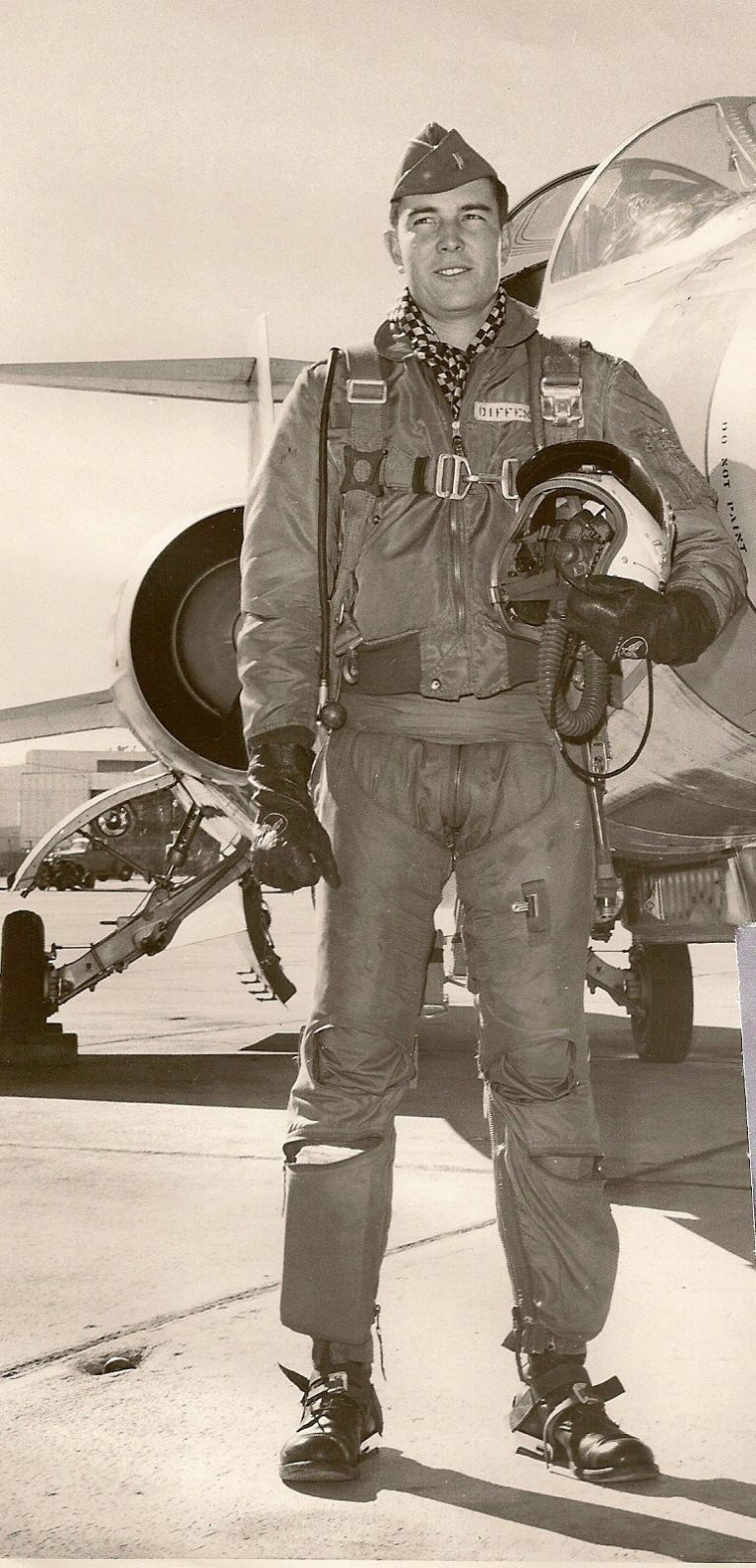During the Cuban Missile Crisis, while I was deployed to Wheelus AFB as the 48th TFW weapons officer, all USAFE fighters were ordered to return to their home base. We had twelve aircraft to get ready for the next morning’s launch to Lakenheath (with a fuel stop at Chaumont, France). The next morning some 60 fighters were ready for flight and all of Europe was WAXOF in a snowstorm. We launched anyway.
I was the lead of the third flight of four 48th F-100’s. Over southern Italy, we were passed by the 105’s – who were cruising at .9 Mach. As we coasted into France all we could see was white undercast. – all bases were calling 100 ft ceiling 1/4 mile visibility and snow. We approached Chaumont sweating about getting 12 airplanes down safely when a big hole opened up in the undercast – and there sat Chaumont. We all landed with Visual Flight Rules (VFR)1 – and after refueling and packing our drag-chutes, arrived back at the Heath with normal Instrument Flight Rules (IFR)2 recoveries – ready for war.
- Visual flight rules (VFR) VFR rules also cover visibility requirements and cloud clearance criteria required to fly with visual reference to the ground and/or the horizon. These visibility and cloud clearance requirements vary depending on the type of airspace you’re flying in, but they exist to ensure that pilots flying VFR don’t get caught up in the clouds and crash into each other.
- Instrument flight rules (IFR) stands for instrument flight rules – the set of rules that govern aircraft that fly in meteorological conditions. It’s called instrument flight because the pilot navigates only by reference to the instruments in the aircraft cockpit.
F-100A Story:
On one practice intercept on T-33 target at 40K ft. – I vectored in for a gun pass at mach one plus, yo-yo’d off and barrel-rolled outside to reposition for a second attack.
Up-side-down in the roll somewhere well above 40K ft., while pulling thru, the engine began compressor stalling and quickly flamed out. I aborted the attack and began a glide at 250 knots back to Tucson, down to 30K ft. for a restart, which was successful and I returned to base okay.
The long intake wasn’t designed for high AoA and G’s at 40K ft. – but it was a fun bird to fly in denser air.
Civilian Life:
1986-1995 Nimbus Enterprises Inc. owner, financial consulting
1996-2006 Raudenbush & Alston, tax/accounting, CPA
1998-2013 University of Phoenix, instructor accounting/auditing
2007 – Diffenderfer, CPA, tax/accounting/consulting
2009- Crawford County Airport, trustee/treasurer
Semi-retired on wife’s family farm in SE Illinois
Hobbies: Golf, Fishing



